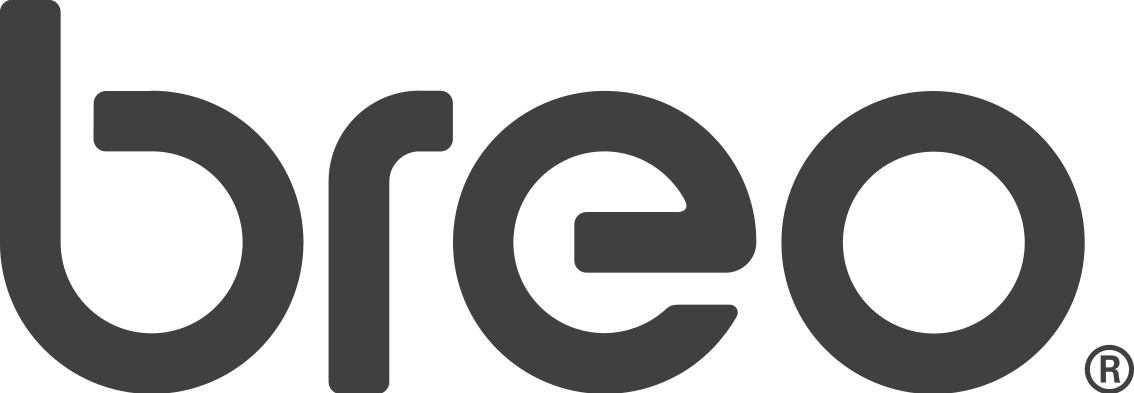Ancient traditions and knowledge have value today. Modern technology can contribute to our well-being in unimaginable ways. And although it may seem a little strange, they can combine spectacularly to contribute to a balanced and happy life.
What is reflexology?
With considerable history (Ancient Egypt, 2500 BC), reflexology is a type of therapeutic massage that involves applying different levels of pressure to different areas of the body, especially the feet and palms, sometimes even ears. Each area involved in this massage corresponds to an organ or an area of the body.
Reflexology can help with everything from headaches to sinus problems and stomach problems. If there is sensitivity, pain or discomfort in a certain area that is stimulated, it means that the body has some weakness or imbalance in the specific organ or area of pressure.
By applying repeated and regular pressure, reflexology can help clear and unblock energy channels in the body. Ancient knowledge says it helps with this too because the therapy moves blood, nutrients and nerve impulses around the body. Ultimately, this improves the overall health and balance of the body to effectively help the body system return to its natural state.
Reflexologists use foot charts to guide them as they apply pressure to specific areas. Reflexology is sometimes combined with other types of massage and can be provided by chiropractors and physical therapists, not just masseuses.

The benefits of reflexology
By applying pressure to specific points, this type of therapy generally brings relaxation to the body and mind, reducing stress levels. Several studies indicate that reflexology can reduce pain and psychological symptoms such as stress and anxiety, and improve relaxation and sleep.
Increased blood circulation
The best known benefit of reflexology is an improvement in blood circulation in the body, which means that blood along with oxygen is circulated and delivered through the body more efficiently. Improved circulation also means more oxygen reaching vital organ systems, which optimizes their functioning and further increases metabolism. The release of oxygen through the body also results in faster healing and repairing of damaged cells.
Reducing headaches
One of the most common uses of reflexology is to reduce the severity of migraines and headaches by relieving the tension in the muscles that often lead to such conditions. Since stress and psychological factors often manifest in the physical symptoms of a migraine, stress headaches can also be relieved with reflexology.
Improving metabolism and energy levels
A proper reflexology session can improve the functionality of many organs in your body, which would lead to a higher metabolism, which further helps to create more energy in your body.
Improves sleep
After a long day at work, the best way to relax is to get a foot massage. Reflexology can open neural pathways and result in a more relaxed state of the body. This reduces stress levels, triggering a state of calmness in the mind and body.
Massaging your feet before bed also induces sleep. Reflexology is commonly applied to treat sleep disorders such as insomnia. Fortunately, applying pressure to certain points helps the body and nerves to relax while improving blood circulation.
How Reflexology Works
As mentioned above, reflexology is guided by maps of the feet and palms. These maps offer the possibility to customize the reflexology sessions according to the needs of each person, so that the vital energy is brought back into balance, the general health is stimulated, the body is relaxed and the blood circulation is improved. Each area of the feet, and respectively the palm, is correlated with a certain organ or system of organs in the body. There are 5 longitudinal zones on each foot, which start from each toe, cross the entire body, and reach the top of the head.
For example, when regular pressure is applied to the point on the left palm that represents the lymph glands, they will work better. Reflexology has also discovered that a certain point in the arch of the foot is correlated with the urinary bladder. When finger pressure is applied to that point, the bladder will be positively stimulated, making it work better.
In general, the pressure applied to the reflexological points that reflect the organs in the body will help to reduce the pain and even the symptoms of a disease of those organs.
How reflexology is different from massage
Massage involves the manipulation of soft tissues using specific techniques to relax the muscles. It stimulates the nerves and communicates with the brain, providing benefits such as:
- improving muscle tension
- reducing blood pressure
- decrease in heart rate
- creating feelings of relaxation
After the muscles relax, the body releases endorphins that improve sleep and reduce pain.
Instead, reflexology focuses on specific points on the feet and hands. It uses small movements to create a response in the desired area of the body and release vital energy stuck in the body.
Breo massagers combine modern technology with this ancient knowledge to bring a state of well-being directly into your home, always at your fingertips. Breo’s vision is to transform the ancient knowledge and principles of self-care into a much more accessible routine for all people. Breo massage machines are based on providing balance in life, reducing muscle pain caused by the pace of life, and bringing positive energy into the body to combat the daily stress of everyday life. Try one of these devices yourself and feel their transformative effects on your own skin.





 No products in the cart.
No products in the cart. 
